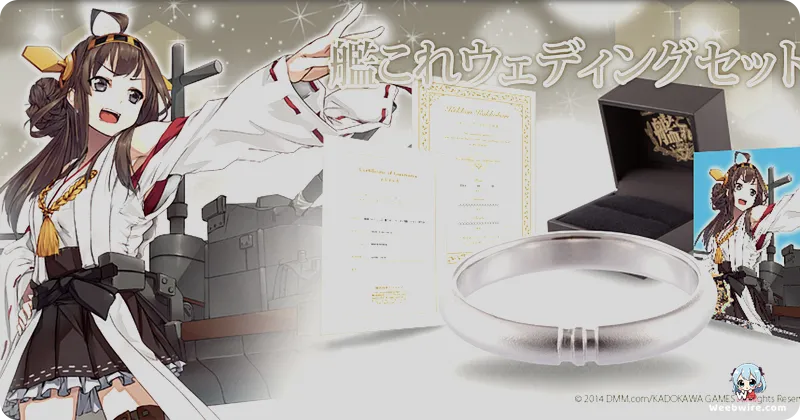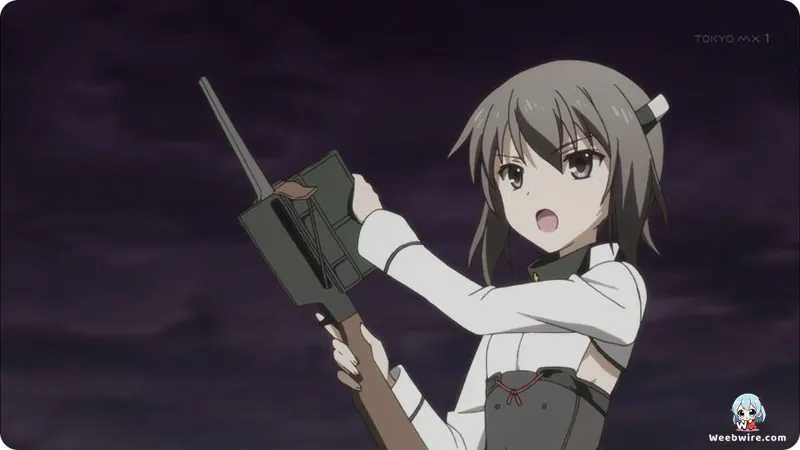Uncharted Waters: Unveiling Surprising Anime Secrets of KanColle and Its Iconic Ship Girls

When Diomedéa’s anime adaptation of KanColle (Kantai Collection) launched in January 2015, it swiftly propelled the beloved browser game’s distinctive universe of ‘Kanmusu’ – personified historical warships – into the mainstream consciousness. While many fans are familiar with the core premise of young girls embodying mighty naval vessels to courageously combat the enigmatic Abyssal Fleet, the series itself is a veritable treasure trove of captivating, often overlooked facts, fascinating behind-the-scenes insights, and charming character eccentricities that even the most dedicated admirals might have missed. Far from a mere rehash of its source material, KanColle meticulously charted its own narrative course, enriching its vibrant world with layers of historical trivia, delightful moe aesthetics, and thrilling action sequences, solidifying its place as a unique entry in the anime landscape.
The Unsung Heroes: Voice Acting Prowess
At the heart of KanColle’s acclaimed success lies its truly remarkable voice acting, a masterclass in vocal versatility. In an extraordinary display of talent, numerous voice actresses undertake the challenging feat of portraying multiple Kanmusu, sometimes even an entire class of ships. This is not merely an astute economic choice but a profound testament to their exceptional skill and the nuanced depth they infuse into each character, making every Kanmusu feel distinct and alive. Take, for instance, the illustrious Sumire Uesaka, who lends her voice to a staggering array of pivotal characters. She masterfully embodies the spirited protagonist Fubuki, the formidable aircraft carriers Soryu and Hiryu, and swift destroyers like Murakumo, alongside the heavy carriers Shokaku and Zuikaku – each resonating with their own distinct personalities and vocal subtleties. Imagine the intricate artistry required to differentiate these diverse personas, imbuing each with a unique identity, all from a single performer. Similarly, Yumi Tanabe delivers an unforgettable performance as the four iconic Kongou-class battle sisters: Kongou, Hiei, Haruna, and Kirishima. While united by a familial bond within the lore, Tanabe ensures each sister shines uniquely, from Kongou’s ebullient ‘Burning Love!’ exclamations to Haruna’s gentle disposition and Kirishima’s studious demeanor. This vocal multiplicity not only showcases the actresses’ impressive range but also subtly reinforces the profound notion of these characters belonging to a larger, interconnected naval lineage or class, adding a layer of thematic depth to their performances.
Historical Echoes in Character Design
Beyond the auditory marvels, the anime’s characters themselves are brimming with delightful tidbits, frequently referencing the historical warships they represent in amusing and unexpected ways. Consider Shimakaze, for example. Renowned for her unparalleled speed and boundless hyperactivity, her character design, complete with oversized engines and perpetual motion, flawlessly embodies the real Shimakaze destroyer – celebrated as one of history's fastest destroyers. Her energetic demeanor is a direct nod to her namesake’s record-breaking velocity. Then there’s Yuudachi, whose memorable catchphrase ‘poi’ has become an iconic, almost inseparable part of her identity. While the precise origin of ‘poi’ remains a playful debate within the fandom (some attribute it to a simple verbal tic, others link it to archaic Japanese naval slang), its ubiquitous presence has cemented Yuudachi’s status as one of the most recognizable and beloved characters, illustrating how a seemingly simple verbal tic can define a character’s enduring charm and become a cultural touchstone. Kongou, another fan favorite, is celebrated for her charmingly broken English phrases, such as ‘Burning Love!’, and her generally boisterous personality. This serves as a delightful historical wink to the fact that the original Kongou battleship was constructed in the United Kingdom, marking her as the Imperial Japanese Navy’s inaugural dreadnought-type battleship. Her distinctive mixed speech pattern playfully reflects her international origins, adding a layer of historical authenticity and humor.
Game Mechanics Brought to Life
Furthermore, the anime ingeniously translates many of the game’s unique mechanics into visually compelling and often humorous sequences. The integral concept of ‘docking’ for repairs, where damaged Kanmusu retreat to specialized facilities, is charmingly depicted as literal ‘repair baths’ in the anime. These scenes, where the girls leisurely soak in expansive tubs, their damaged equipment gently floating alongside, offer a delightful fusion of practicality and heartwarming slice-of-life humor, transforming a game mechanic into an endearing facet of their everyday existence. Likewise, the crucial ‘resources’ utilized in the game – fuel, ammo, steel, and bauxite – are frequently portrayed as tangible necessities that the girls meticulously manage, expertly grounding the fantastical premise in relatable logistical realities. This attention to detail ensures that even the more abstract game elements feel organic and integrated into the anime’s world.

Diomedéa’s Animation Mastery
Diomedéa, the animation studio entrusted with bringing KanColle to life, navigated the unique challenge of transforming static game sprites into dynamically animated 2D characters. Their innovative approach to illustrating the Kanmusu’s ‘rigging’ – the intricate armaments and ship components they don – was particularly commendable. Every piece of equipment was meticulously animated to move with seamless fluidity alongside the characters, whether during explosive combat sequences or during tranquil, reflective moments, showcasing an unwavering dedication to detail that profoundly resonated with aficionados of the original game. The studio masterfully balanced the endearing moe aesthetic with the solemn gravitas of naval warfare, a delicate artistic tightrope walk they executed with compelling results, especially in their expert choreography of fleet formations and weapon deployments. This visual fidelity was crucial in bridging the gap between the game’s established look and the anime’s dynamic storytelling.
A Legacy Forged in Narrative and Fandom
While the KanColle anime deliberately opted for a more focused, character-driven narrative, centered around Fubuki’s journey of growth and heroism, a departure from the game’s more open-ended, player-centric storyline, this decision fostered a distinct and deeper form of fan engagement. It allowed for a richer exploration of character bonds and the profound emotional weight of warfare, even within its stylized setting, providing a fresh perspective for long-time fans and newcomers alike. The passionate fan community, already flourishing due to the game, embraced the anime with fervent enthusiasm, giving rise to an outpouring of fan art, doujinshi, and intense discussions that meticulously dissected every frame. This symbiotic relationship between the anime, its rich source material, and its devoted fanbase solidifies KanColle’s enduring legacy as far more than just an action series. It stands as a vibrant cultural phenomenon, brimming with delightful surprises where the echoes of history harmoniously intertwine with charming personalities, continuing to captivate and entertain audiences worldwide and ensuring its place in anime history.
Credits
KanColle
Author
Kadokawa Games, DMM.com
Cover Art
Naomi Ide (Character Designer)
Studio
diomedéa
Publisher
Kadokawa, DMM.com
Producers





